African History: How Menelik II Led Ethiopian Unification
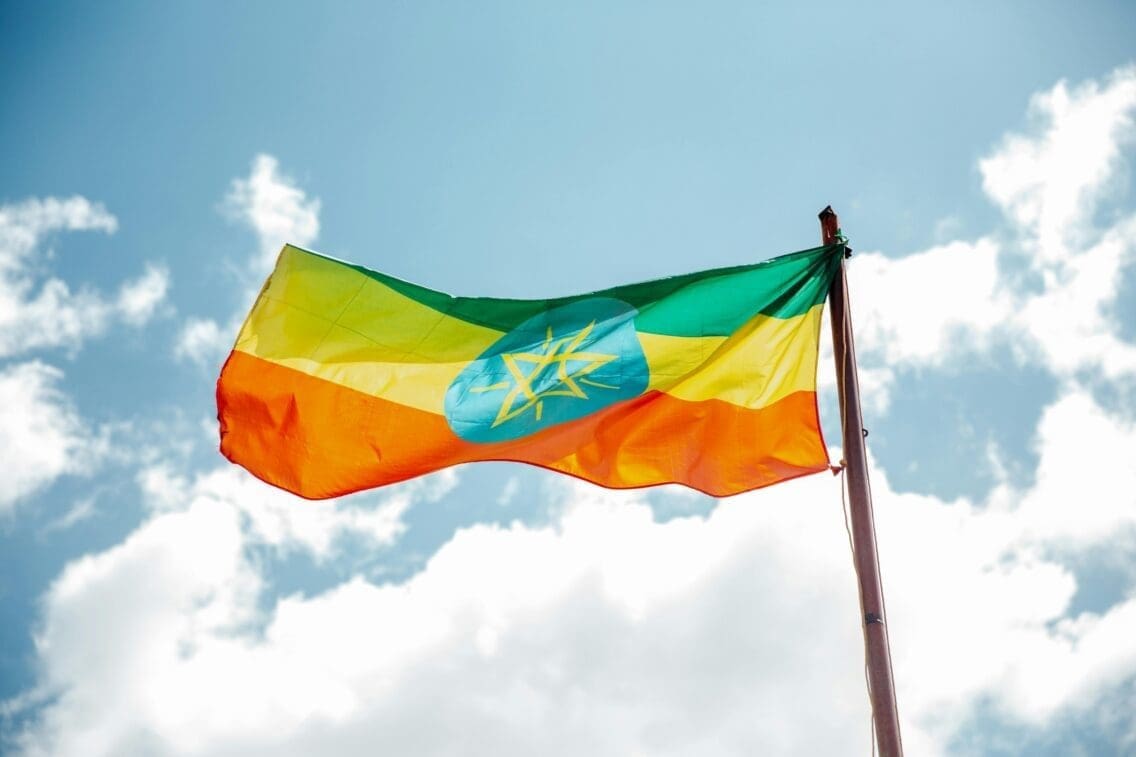
While much of Africa was carved up by European powers in the 19th century, Ethiopia defied the pattern. Thanks to the leadership of King Menelik II, the country remained fiercely independent. His efforts toward Ethiopian unification were a statement to the world that African nations are not to be messed with.
In today’s article, we go back to the late 1800s and explore how a once-imprisoned prince claimed his throne as king, brought a fractured empire under one banner, resisted colonial rule, and laid the groundwork for modern Ethiopian identity.
Menelik’s legacy is not merely about military victory; it’s about diplomacy, vision, and a deep understanding of the forces that shaped his world. Under his rule, Ethiopia outmaneuvered colonialism, something that wasn’t done by other African countries before.
Ethiopia Before Menelik: A Fragmented Empire
Before Menelik II rose to power, Ethiopia was a patchwork of semi-independent regions.
During the “Era of Princes” from 1770-1855, Ethiopia was divided into domains like Tigray, Gojjam, and Harar. These regions were led by their own princes, had their own laws, and armies. There was little national cohesion, and power struggles between warlords were common.

Menelik, born in the kingdom of Shewa and crowned King of Shewa in 1866, saw the need for unity early on.
His region was relatively stable, and he used it as a political base to build alliances and assert legitimacy. He traced his lineage to King Solomon and the Queen of Sheba, a powerful mythic narrative that strengthened his claims to the imperial throne.
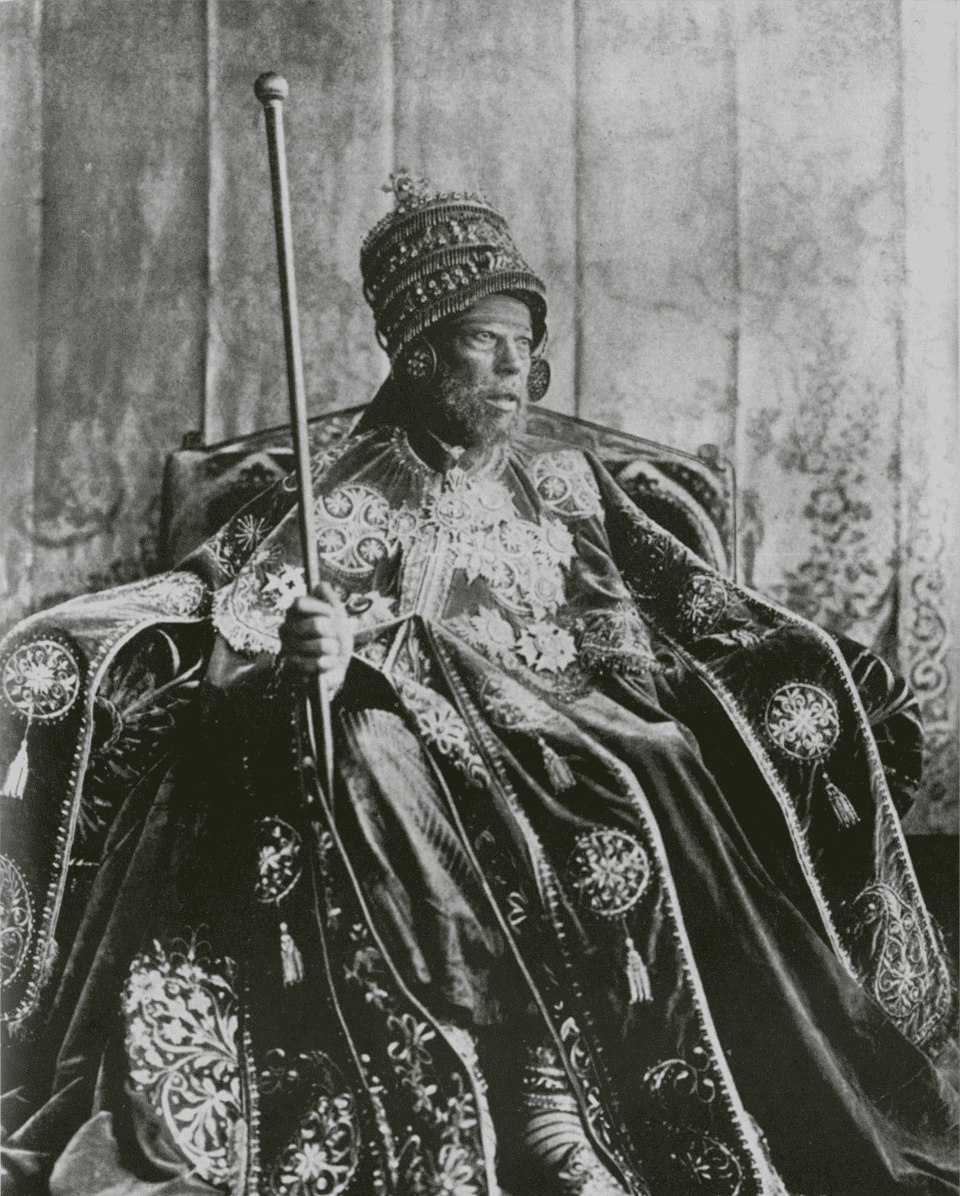
The empire’s decentralization made it vulnerable, especially as European colonial ambitions intensified across Africa. Menelik understood that fragmentation meant weakness—and weakness invited invasion. To counter this, he began a slow and deliberate campaign to unite the Ethiopian territories under centralized rule.
But this was no easy feat. Each region had its own language, customs, and power structures. The challenge wasn’t just military; it was cultural and political. Menelik had to be both warrior and diplomat to bring unity.
The Path to Ethiopian Unification: Diplomacy and Warfare
Menelik II didn’t rely solely on military conquest. His unification strategy combined warfare with savvy diplomacy.
He arranged strategic marriages, such as his own to Taytu Betul, a noblewoman from a powerful northern family. Empress Taytu played a huge role in her husband’s conquest of a unified Ethiopia.
She understood both domestic and international politics, advised the emperor on colonialist schemes, and guided his decisions on major governance matters.

King Menelik’s military campaigns were calculated and effective as well.
He annexed Harar after defeating its ruler in 1887, securing a vital trade hub. Later campaigns brought Kaffa, Sidama, and other southern regions into the fold. These conquests were not just about expansion—they brought economic resources, manpower, and symbolic power to Menelik’s central government.
King Menelik’s campaigns started in 1879, and by 1897, he was able to unify most of the country.
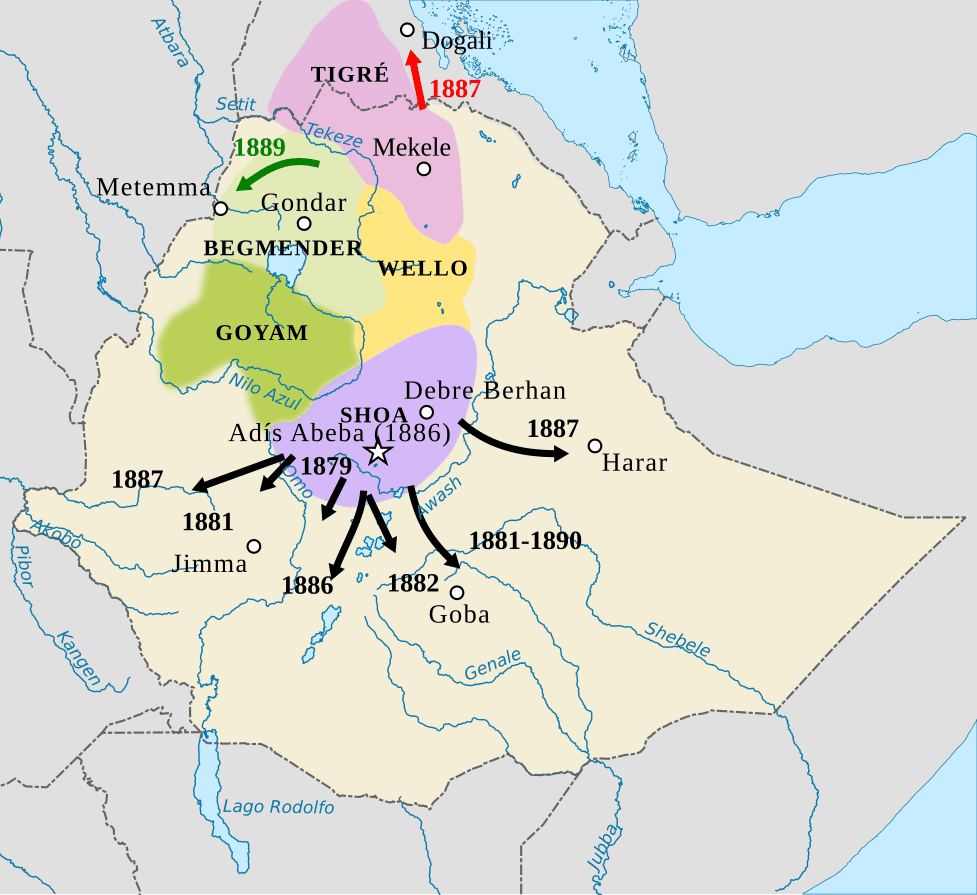
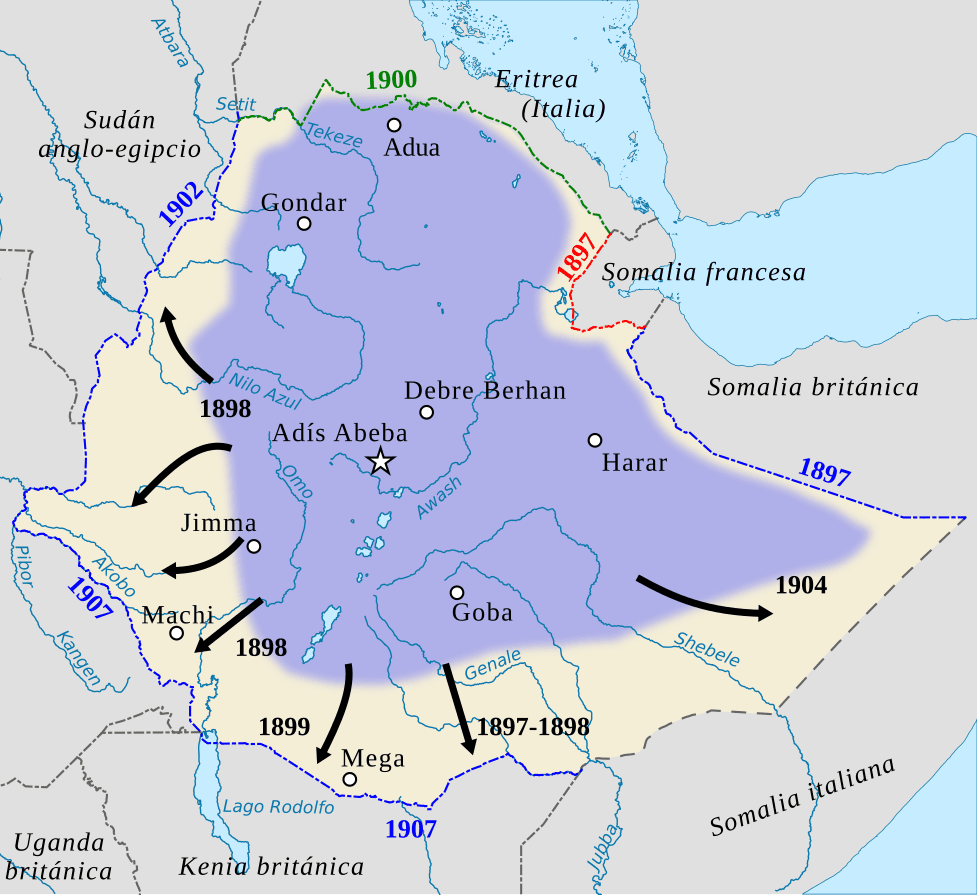
Crucially, Menelik leveraged foreign diplomacy to modernize his forces. European powers saw him as a stabilizing force and were willing to sell arms, unaware that they were equipping a future opponent of colonization.
The Turning Point: The Battle of Adwa (1896)
The defining moment of Menelik II’s reign—and of Ethiopian unification—came at the Battle of Adwa.
Italy had signed the Treaty of Wuchale with Menelik in 1889, but there were two versions: the Amharic version allowed Ethiopia to conduct foreign policy independently, while the Italian version contained Article 17 stating Italy’s intention to make Ethiopia a protectorate.
Basically, Italy wants control of Ethiopia, and this treaty made that official.

When Menelik learned of the deceit, he rejected the treaty outright. With the urging of Empress Taytu, Menelik declared war against Italy. Ultimately, the tension culminated in the Battle of Adwa.
In response, Italy launched a full-scale invasion in 1896. Menelik called upon all Ethiopians—nobles, soldiers, peasants—to join the defense of the homeland. A massive, multi-ethnic army gathered.
Some estimates say over 100,000 Ethiopians marched to meet the Italians in the northern highlands near Adwa.
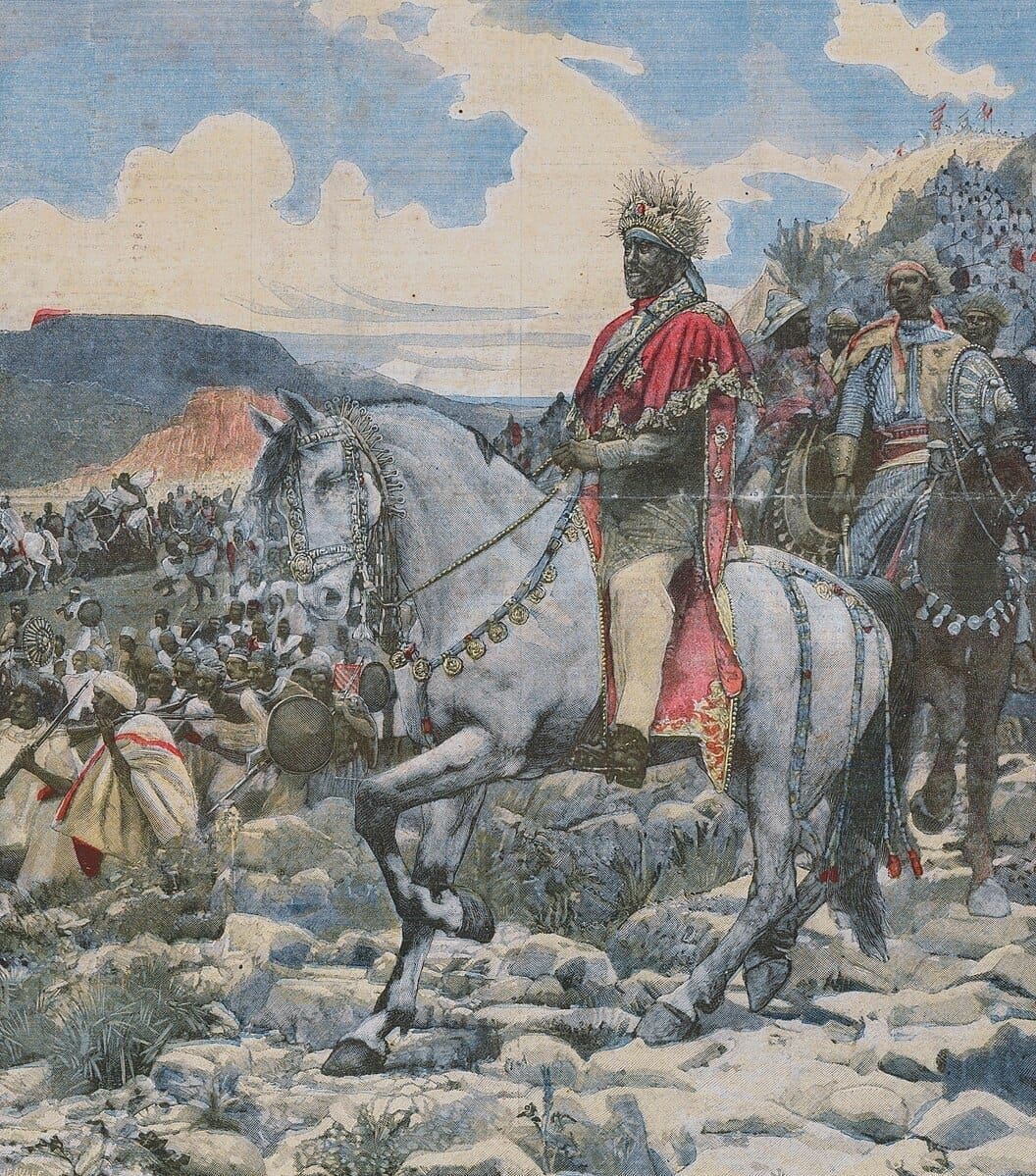
The battle was swift and decisive. The Italians, overconfident and poorly supplied, were routed by Ethiopian forces. Thousands were killed or captured. It was a stunning reversal of colonial expectations. For the first time in history, an African army had defeated a European power on the battlefield.
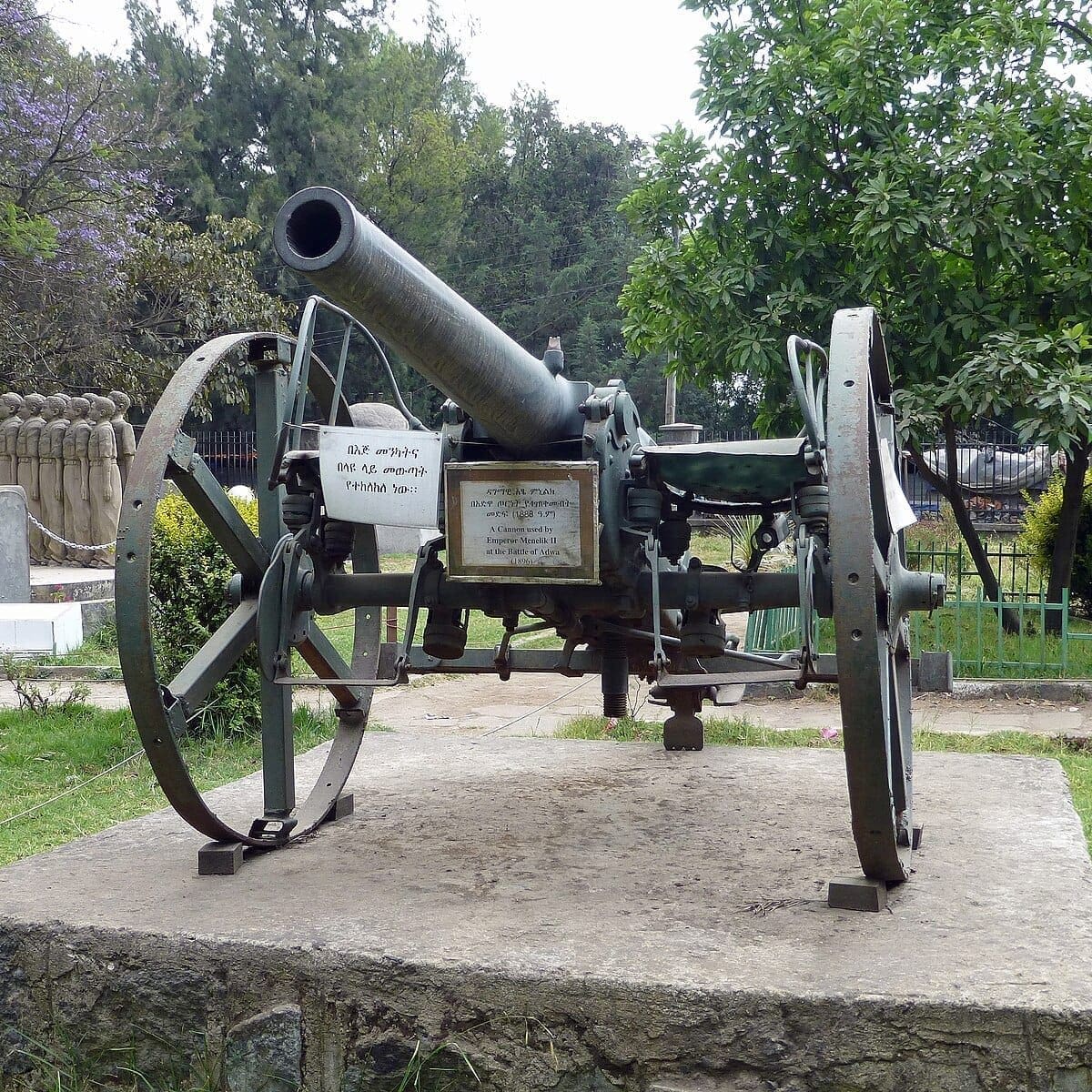
Adwa became more than a military victory. It was a unifying myth, a symbol of independence, and a rallying point for future generations. Across Africa and the Black diaspora, Adwa represented the possibility of resisting imperialism—and winning.
Ethiopian Unification: Building a One State
With victory at Adwa securing international respect, Menelik turned his attention to building a strong, modern state.
He established Addis Ababa (new flower) as the capital, a central hub that could serve as both administrative and symbolic heart of the empire. Its location allowed better access to key trade routes and military deployments.
King Menelik II also established his imperial palace in the city of Addis Ababa as a symbol of Ethiopia’s sovereignty. Today, that historic palace complex—known as the Grand Palace—serves as both the residence and office of the country’s prime minister.
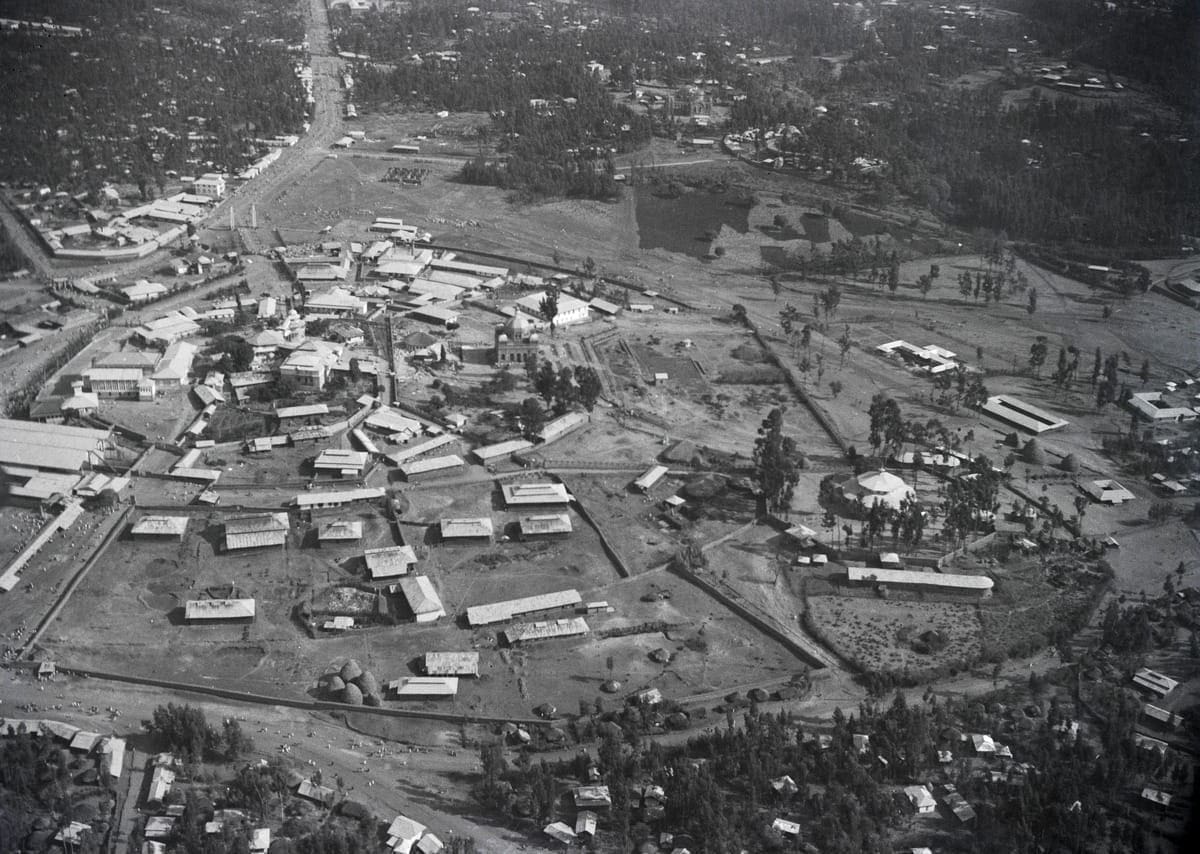
Menelik invested heavily in infrastructure. Roads and telegraph lines connected distant provinces, helping enforce imperial authority and stimulate trade. A railway connecting Addis Ababa to the port of Djibouti was commissioned, linking the highlands to global commerce.
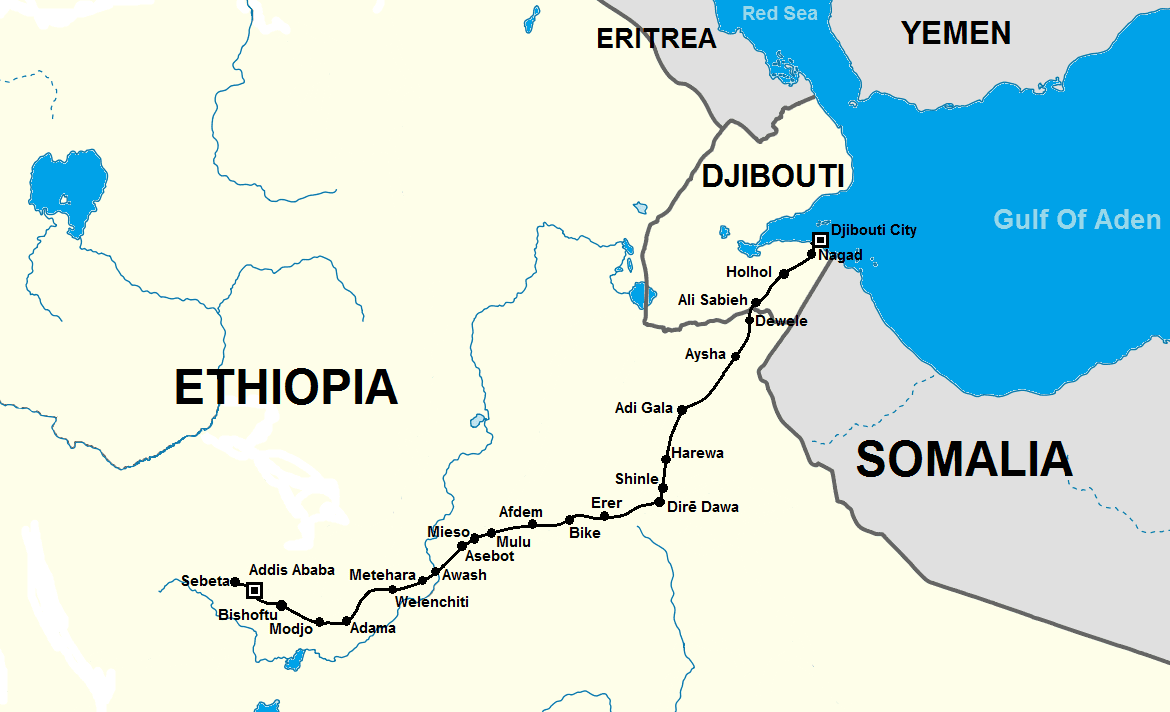
These projects modernized Ethiopia without compromising its independence.
A new currency—the Ethiopian birr—was introduced to unify the economy. Menelik also set up ministries and introduced a civil service system to manage the growing responsibilities of government.
While some of these changes were slow to spread, they marked a shift from feudal fragmentation to bureaucratic governance.
Legacy of Menelik II and the Ethiopian Unification
King Menelik II is remembered as one of Africa’s most iconic leaders.
His military and political achievements turned Ethiopia into a rare example of African sovereignty in a colonized continent. Statues of Menelik still stand in Addis Ababa, and his name carries pride across generations.
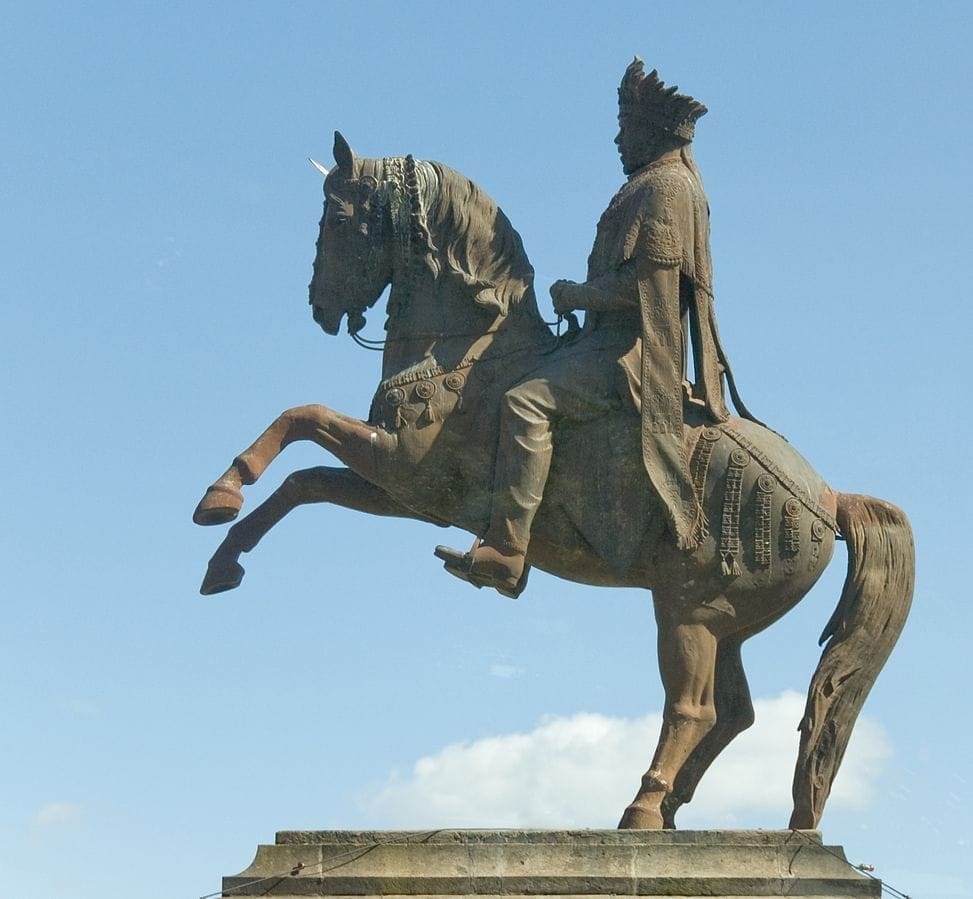
His unification efforts shaped the boundaries and political identity of modern Ethiopia. Though contested in some regions, his vision of a multi-ethnic but united state remains a cornerstone of Ethiopian nationalism. For many, he is the father of the modern nation.
However, Menelik’s legacy is complex. Some regions view his military conquests as imperialist in nature. There are ongoing debates about land redistribution, cultural marginalization, and the long-term consequences of forced unification.
These discussions are part of Ethiopia’s evolving identity.
Yet despite these debates, Menelik II’s impact is undeniable.
He stood at the crossroads of tradition and modernity, of African resilience and global politics. In doing so, he helped write a chapter of history that inspired not just Ethiopia, but the entire continent.
SOURCES:
https://blogs.loc.gov/international-collections/2022/03/taytu-betul-the-cunning-empress-of-ethiopia


